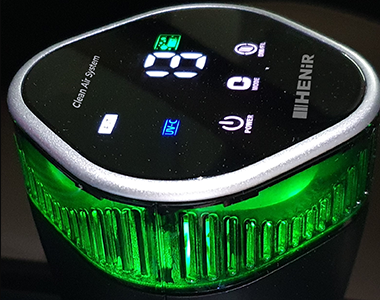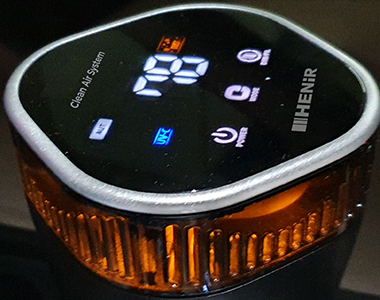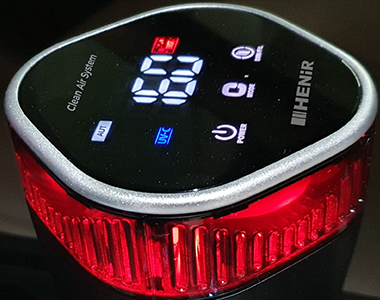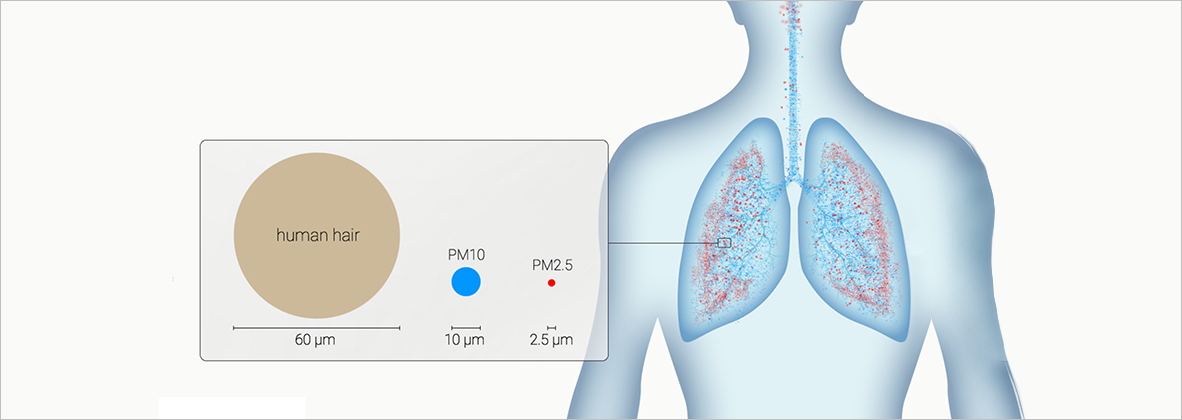as this is the pollutant widely regarded as most harmful to human health. PM2.5 is defined as ambient airborne particles measuring up to 2.5 microns in size. Its microscopic size allows the particles to enter the blood stream via the respiratory system and travel throughout the body, causing far-reaching health effects, including asthma, lung cancer and heart disease. Air pollution has also been associated with low birth weight, increased acute respiratory infections and stroke.
Why PM 2.5?
Worldwide ambient air pollution accounts for:
29% of all deaths and disease from lung cancer
17% of all deaths and disease from acute lower respiratory infection
24% of all deaths from stroke
25% of all deaths and disease from ischemic heart disease
43% of all deaths and disease from chronic obstructive pulmonary disease
High-precision Sharp dust sensor
Infrared light emitting diodes and photoelectric sensors are built in, and the light rays from the light emitting diodes are reflected as they pass through the particles. Photoelectric sensors detect the intensity of reflected light and indicate the concentration of particles in the air.
The measured concentration of dust particles in the air is converted into a numerical value and displayed as a three-digit number on the LED display, and the three LED colors help the user to check the air quality.
Good

Moderate

Unhealthy

* JW-3200 is using a Sharp Dust Sensor(model. GP2Y1026AU0F) and Dust number is measured
by using a digital dust indicator P-5L2 which is made by SIBATA SCIENTIFIC TECHNOLOGY LTD.

